
Originally Posted by
SHAKING STEVENS

i removed the sjp, associated pipework and any pcv connections to the inlet manifold. i ran a 1" line from the crank breather straight up to the vc connection, teed it there and then sent one line down the bell housing (venting at atmospheric pressure).
quoting walky talky from his b5 thread:
The suction jet pump (SJP) is used as a vacuum amplifier for the brake booster.... It uses flow from the PCV system to create the effect...Vacuum to the crankcase is important to evacuate blow-by emissions, and a properly working PCV system is even more important on a turbocharged car due to the increased blow-by
firstly, i dont have the required understanding and shouldnt have tossed the sjp in the corner, although i read everyone's expanding detail (absolute gtr, walky talky, old guy etc.) clearly i hadnt soaked it all up in time.
3 questions:
1) i am concerned about 'blowby' and my engines lack of ability to deal with it? Given i just have a 1" line going up the the vc and then to atmosphere (as another member on here recommended), can i just re instate the pcv check valve (better still replace with ecs improvement), the pcv rubber 't' and the line back to the inlet manifold? so i have no vacuum source helping the crankcase breath, but surely just reinstating the pcv check valve without the sjp will just pull crank vapours into the inlet manifold (except when under boost). i am confused.
2) Given im happy with the current braking abillity (with no sjp) should i be concerned with lasting reliability? the last thing i want is sudden catastophic loss of the braking system.
3) having no evap purge system will make me run lean. But is this significant and do i need to worry about it? will the maf not provide the compensation, surely gas tank contributions are minimal. I assume a decent remap would address this, but realistically that's not going to happen for a year or so, maybe two.

a solution, however complicated, is appreciated and will be implemented, i can put some of that stuff back in no problem.
thanks people
The SJP has 3 ports:

The left one (flared end) has the check valve built in. That port goes to the brake booster.
The right one goes the intake manifold directly. That port will see full vacuum and boost.
The bottom one goes to the PVC bleeder valve.
The flow between the manifold and brake booster is in 1 direction. The SJP blocks boost from going to the brake booster line. The flow between the manifold and the PCV bleeder valve is BOTH directions (indicated by the Blue and Green arrows). Blowing into the RIGHT port will allow free flow out the bottom port and nothing out of the left port. Suction on the right port will cause suction on BOTH the left port and the bottom port (block each one to check flow individually on the other). If the flow is very limited to the bottom port (ie: hard to blow through), or it is plugged completely, replace it.
NOTE: Only the early B6 1.8T's (up to VIN 8E-3-040000) use the SJP as vacuum supply to the PCV system. The Later models (From VIN 8E-3-040001) connect the PCV bleeder valve directly to the manifold with nothing in between. I'm assuming this was to eliminate the known issue with the SJP clogging up with nasty PCV crap and blocking PCV bleeder flow. The Later models put only "fresh" air through the SJP and thus eliminate that issue. In that configuration the bottom port connects instead to the TIP through a small metal hard line.
To answer your questions:
1)You can't reincorporate the PCV bleeder valve if the system is still "venting to atmosphere". At idle the bleeder valve would pull unmetered air right from the atmosphere and into the intake manifold, completely bypassing the MAF. If your various vent lines just dumped into the TIP (usually via a "pancake valve"), THEN you could reincorporate the manifold vac source to your PCV system.
2)No, lots of people delete the silly things. I've noticed no difference at all after deleting my SJP. The 1997-1999.5 Audi A4 1.8T with manual transmission did not even have an SJP, only the Automatic cars got it prior to the 2000 model year. All of those cars worked just fine without it.
3)You have a wideband O2 sensor. As such, the ECU has omniscient knowledge of the AFR. IF it sees it going lean, it will increase the fuel trim to reach the target AFR. The EVAP contribution adds minimal enrichment. No worries.
EDIT: Took too long gather my thoughts (pretty normal for me, I'm afraid) and old guy covered everything quite nicely.















 Reply With Quote
Reply With Quote


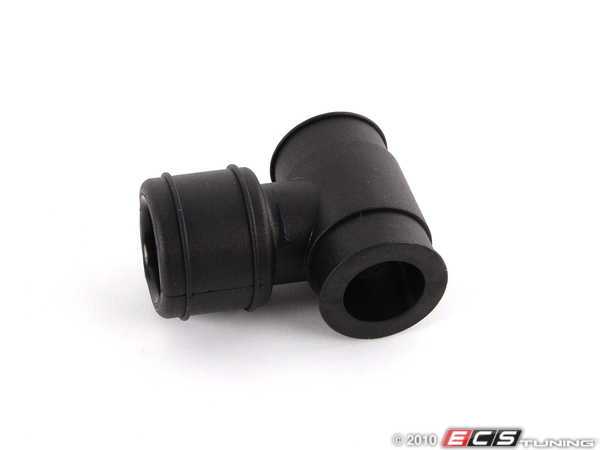
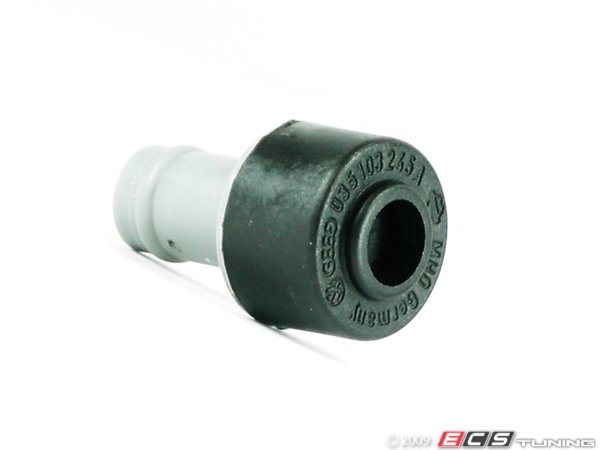

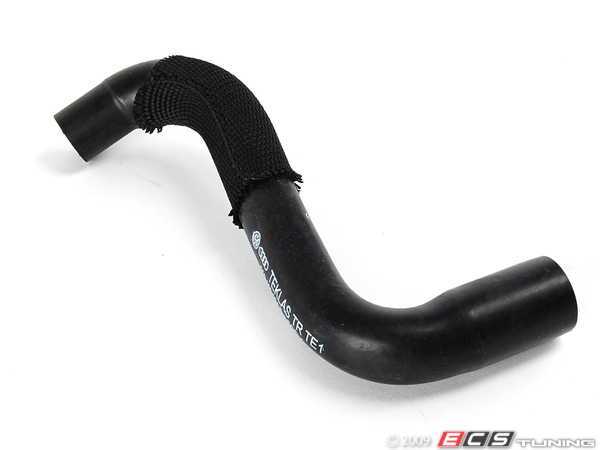






 . Thanks! I also edited my last post with another inquiry, if you don't mind answering.
. Thanks! I also edited my last post with another inquiry, if you don't mind answering.
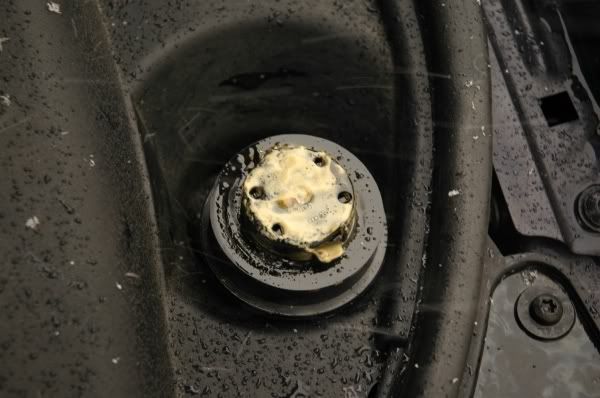
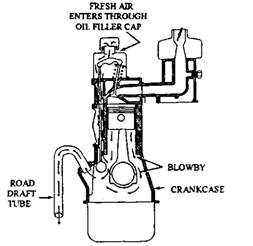



Bookmarks